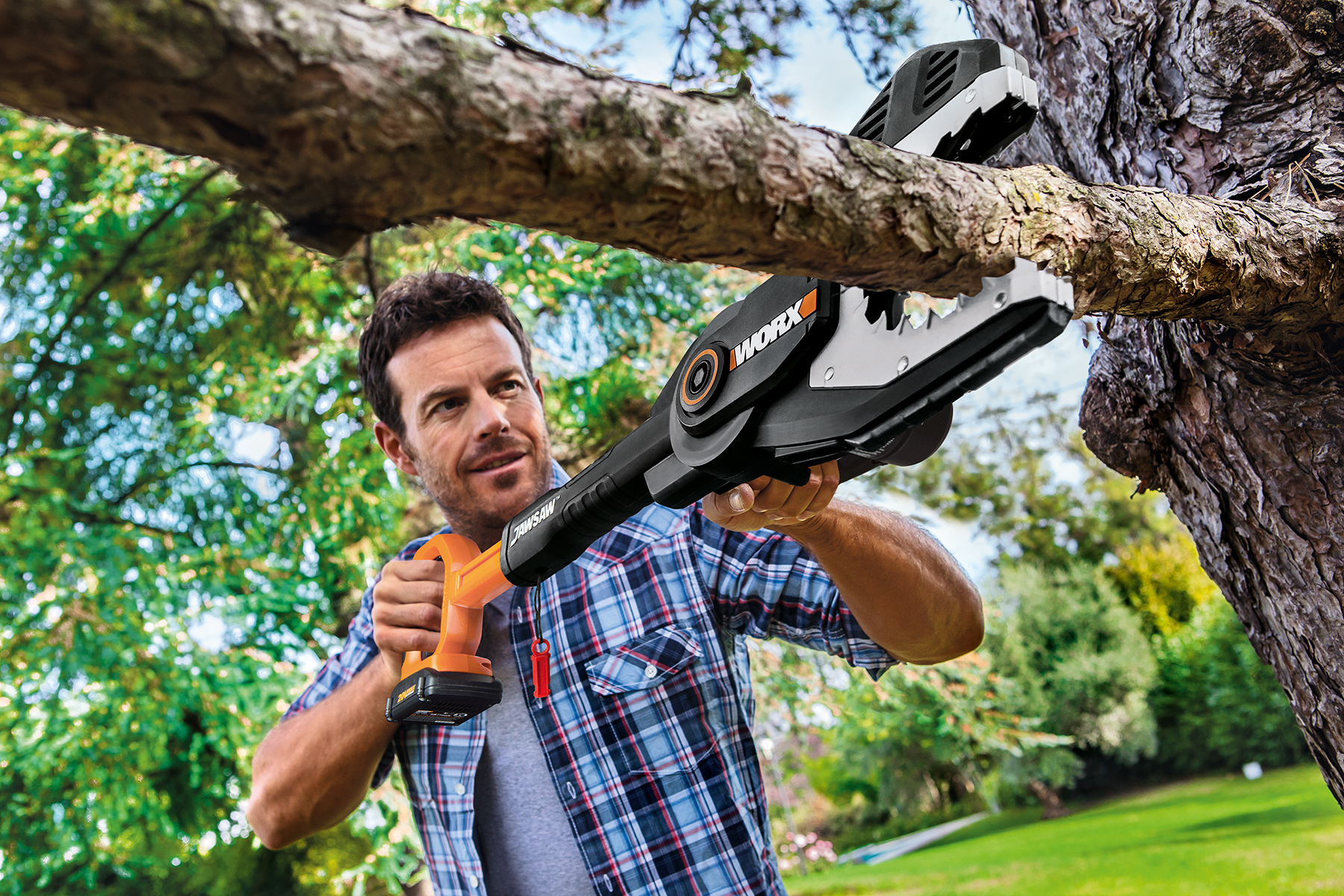6 Contractor Hacks for DIY Home Repair to Save Time & Money
Most homeowners will try to do some of their own DIY home repair work. It’s a good way to save money, and it means you don’t always have to rely on professionals when you need some work done around the house.
Expert home improvement work relies on having tools like a cordless circular saw and your own drill, but you also need to know some DIY tips and tricks. With the right home improvement tips, you can do more of the work yourself and get better results in less time.
In this post, we are going to look at some of the home improvement secrets of professional contractors. With these DIY home hacks, you will be able to do more of your own DIY work, avoid problems with your home improvement projects and save money. These home improvement secrets include replacing old plaster walls with sheetrock, managing your trees, installing central air, ensuring you have proper drainage, replacing your own lights, and performing routine home inspections.
Home Improvement Tips Include Replacing Old Plaster Walls with Sheetrock
There is no denying that plaster walls can offer an attractive finish. That said, they don’t age well and can be expensive to fix. If you have old plaster walls that are starting to crack, you should consider replacing them with drywall. It will be time-consuming and labor-intensive, but the walls will be easier to maintain and repair in the future.
With a 20V Cordless Oscillating Tool, you can make some of the work easier. Using the right attachments, your tool can play a role in removing the old plaster and cutting holes in the sheetrock. It can also be used for some of the sanding work before you paint, making it one of the best expert home improvement tools.
Keep Up with Home Repair Tips and Tricks By Managing Your Trees
Having some big trees in your yard can be nice, but it is important to keep an eye on them. Always consider the potential they have to cause damage to the home. One of the biggest problems can be the root structure of a tree. Roots can grow out much further than you may realize, and in doing so, could damage sewer lines, underground utilities, and even the foundation of your home.
Watching out for dead branches is another one of the more important home repair tips and tricks. If one of these branches comes down during a storm, it could break a window or damage siding. Inspect your trees for dead branches and look for any branches that are too close to the home.
With the 20V 10” Cordless Pole/Chainsaw, you can remove these problem branches without having to climb a ladder. The pole has a 12’ reach so you can cut high branches while staying safe on the ground, and the chainsaw has tool-free chain tightening and an automatic chain lubrication system.
Installing Central Air Conditioning
It might seem like a complicated job, but installing central air conditioning is something a skilled DIYer can do on his or her own. You will need to determine things like the correct size of the unit and where to place your vents, but this expert home improvement job is something that can be done if you are willing to spend the time doing it.
If you already have a forced air heating system that has room to add the air conditioner, this job will be much simpler than you may think. Installing the compressor is probably the hardest part of the job, but if you are confident in your ability to work with electricity, you can use a cordless drill to run your lines inside and do the work yourself.
Installing Proper Drainage is a Top Home Improvement Secret
When it comes to preventing problems, one of the best home improvement tips is to make sure your property has adequate drainage. If water is draining away from the home, you’re in good shape. If not, you’ll need to take some steps to address the drainage issues on your property.
One way to fix this problem is to grade the property so the land slopes away from the house. When the ground has the proper grade, water will naturally flow away from the home. If you have drainage problems in certain areas, you could build a French drain to direct the water away from the problem areas. This is one of the most important home improvement tips to ensure your home doesn’t get damaged.
Replacing Your Own Lights is an Easy DIY Home Hack
Another one of the home improvement secrets is that it does not take a professional to replace most light fixtures. This is a job that can be done quickly and easily, and it you can save a lot of money when you do it yourself.
Unless the new fixture is much heavier than the original, the new fixture can fit safely to the original box. You can even remove a flush-mount light fixture and replace it with a recessed light without having to spend a lot of time or effort to get the job done. This is one of our favorite home improvement tips that can add value to your home.
Routine Home Inspections
The final DIY home repair tip is to regularly inspect your home. Every professional contractor knows that the best way to avoid expensive repairs is to identify issues early and get the work done as soon as possible. It will be much easier for you to do your own repair work when you catch minor issues before they become major problems.
For this DIY home hack, you need to build a home inspection checklist and take the time to do your own inspection once every few months. Beyond that, you may want to have the occasional professional inspection to catch anything that you might miss on your routine inspections.
The secret to expert home improvement is understanding your level of experience. While some of these jobs will require you to have more skills than the average DIYer, many of these projects can be done either partially or entirely on your own. These DIY home hacks will help you save money and get work done faster!
Complete these DIY tips and tricks with tools from WORX!

